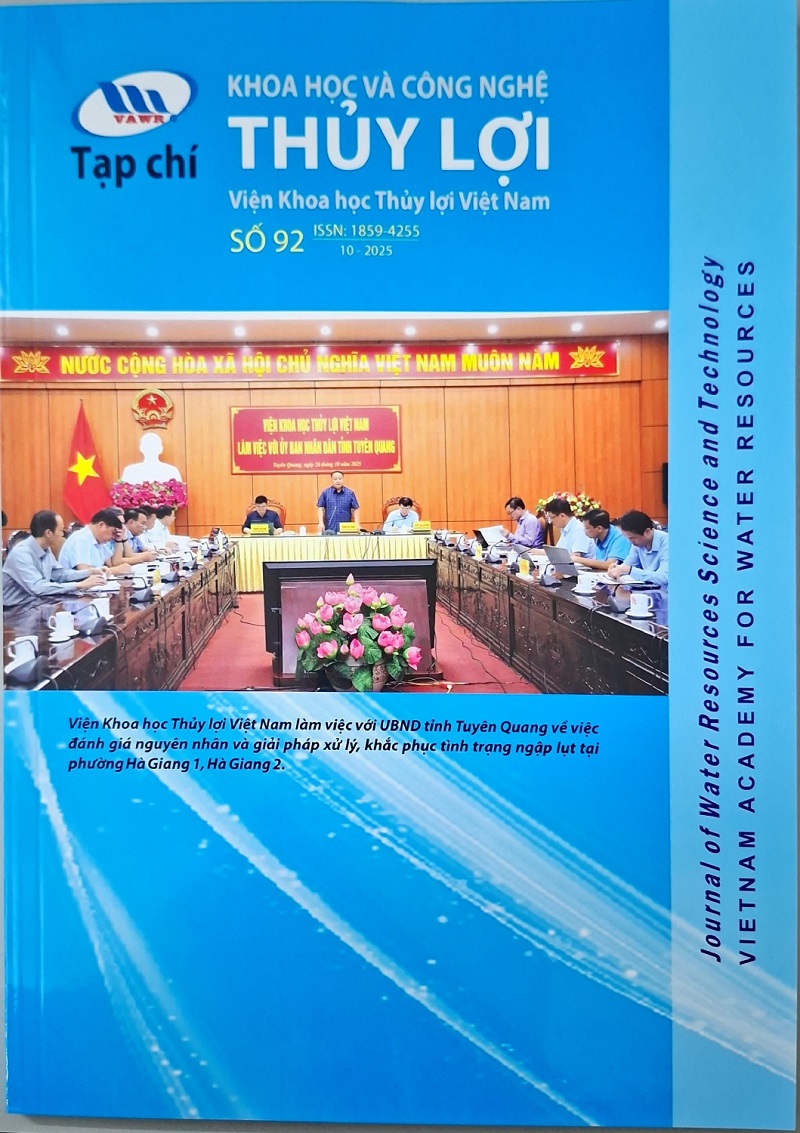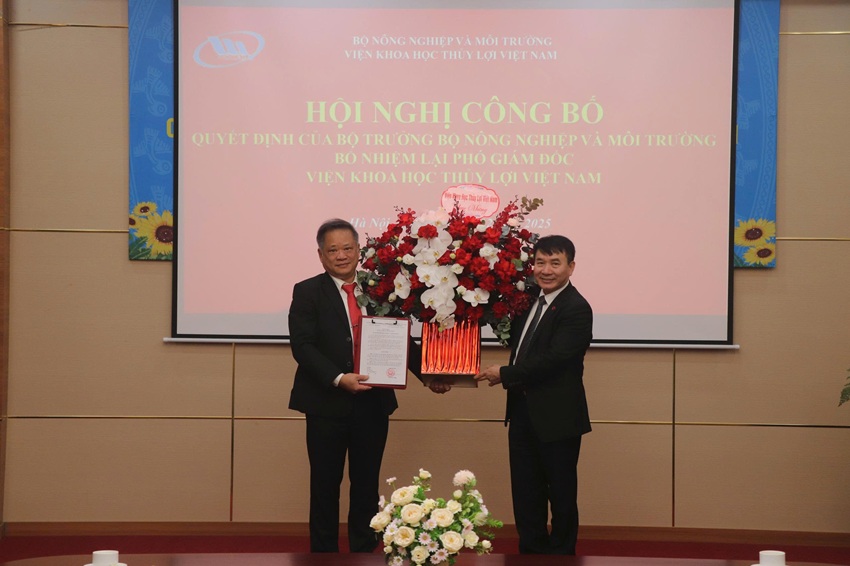Effective approach to water purification from microbiological contamination based on novel surface-modified adsorbents
10/09/2021In this work, we provide a literature review of water treatment techniques and propose a novel resource-efficient solution for the purification of aqueous media from microbiological contamination. Methods: Combined filter sorbents were developed and studied based on novel modified nanostructured filter materials. Synthetic and natural zeolite were used as the mineral base. The production technique was optimized to coat minerals with aluminum oxyhydroxide by means of a sol–gel process. Additional treatment with fine zinc particles obtained by electrospark dispersion was applied to modify the sorbent surface and obtain the surface charge required. Results: The antibacterial, sorption and physicochemical properties of the samples as well as their surface structures were investigated. According to broad microbiological tests, the possibility of purifying bacterial-contaminated water was demonstrated to an acceptable level by means of adsorption filtration. Conclusion: The proposed novel approach for water treatment against bacterial contamination can be considered an alternative to the currently available water treatment technologies.
1. Introduction
2. Methodological Section
3. Results and Discussion
4. Conclusion
References
[1] Grabow W.O.K. Waterborne diseases: Update on water quality assessment and control. Water SA, 1996, 22, pp. 193–202.
[2] Slifko T.R., Smith H.V., Rose J.B. Emerging parasite zoon-oses associated with water and food. International Journal for Parasitology, 2000, vol.30, no.12–13, pp. 1379–1393. doi: 10.1016/S0020-7519(00)00128-4
[3] The world health report 1997 – conquering suffering, en-riching humanity. World Health Organization, Geneva, Switzerland, 1997, pp. 127–129. Available at: https://www.who.int/ whr/1997/en/
[4] Woolhouse M.E.J. Population biology of emerging and re-emerging pathogens. Trends in Microbiology, 2002, vol.10, no.10, pp. S3–S7. doi: 10.1016/s0966-842x(02)02428-9
[5] Taylor L.H., Latham S.M., Woolhouse M.E.J. Risk factors for human disease emergence. Philosophical Transactions of the Royal Society London – B: Biological Sciences, 2001, vol. 356, no. 1411, pp. 983–989. doi: 10.1098/rstb.2001.0888
[6] Desselberger U. Emerging and re-emerging infectious dis-eases. Journal of Infection, 2000, vol.40, no.1, pp. 3–15. doi: 10.1053/jinf.1999.0624
[7] Emerging Issues in Water and Infectious Disease. World Health Organization, Geneva, Switzerland, 2003. Availa-ble at: https://www.who.int/water_sanita-tion_health/emerging/emerging.pdf
[8] Tyrrell S.A., et al. Inactivation of bacterial and viral indi-cators in secondary sewage effluents, using chlorine and ozone. Water resources, 1995, vol. 29, no.11, pp. 2483–2490. doi: 10.1016/0043-1354(95)00103-R
[9] Venczel L.V. et al. Inactivation of Cryptosporidium parvum oocysts and Clostridium perfringens spores by a mixed-oxi-dant disinfectant and by free chlorine. Applied and Environ-mental Microbiology, 1997, vol. 63, no. 4, pp. 1598–1601. doi: 10.1128/aem.63.4.1598-1601.1997
[10] Ainsworth R.G. Safe piped water: Managing microbial water quality in piped distribution systems. Geneva, World Health Organization, 2004, 147 p.
[11] Guyader Le F. Use of an RT-PCR internal control to eval-uate viral removal. Water Science and Technology, 1997, vol. 35, no. 11–12, pp. 461–465.
[12] Taylor J.S., Wiesner M. Membranes, In: Letterman RD, Water Quality and Treatment. New York, McGraw Hill, Inc, 1999, Chapter 11, pp. 1–71.
[13] Bryda K., Sellman L. Recent developments in cleanup technology. Remediation, 1994, vol. 4, no. 4, pp. 475–489. doi: 10.1002/rem.3440040410
[14] Singer P.C. Assessing ozonation research needs in water treatment. Journal American Water Works Association, 1990, vol.82, no.10, pp. 78–88.
[15] Li F., Wichmann K., Otterpohl R. Review of the techno-logical approaches for grey water treatment and reuses. Science Total Environment, 2009, vol.407, no. 11, pp. 3439–3449. doi: 10.1016/j.scitotenv.2009.02.004
[16] Karnapa A. A Review on Grey Water Treatment and Re-use. International Research Journal of Engineering and Technology, 2016, vol.03, no. 05, pp. 2665–2668.
[17] Chen B., Zhang C., Wang L., Yang J., Sun Y. Removal of disinfection byproducts in drinking water by flexible re-verse osmosis: Efficiency comparison, fates, influencing factors, and mechanisms. Journal of Hazardous Materials, 2021, vol. 401, 123408. doi: 10.1016/j.jhaz-mat.2020.123408
[18] Wang S., Li, L., Yu S., Dong B., Gao N., Wang X. A review of advances in EDCs and PhACs removal by nanofiltration: Mechanisms, impact factors and the influence of organic mat-ter. Chemical Engineering Journal, 2021, vol. 406, 126722. doi: 10.1016/j.cej.2020.126722
[19] García-Vaquero N., Lee, E., Jiménez Castañeda R., Cho J., López-Ramírez J.A. Comparison of drinking water pollu-tant removal using a nanofiltration pilot plant powered by renewable energy and a conventional treatment facility. Desalination, 2014, vol. 347, pp. 94–102. doi: 10.1016/j.desal.2014.05.036
[20] Raouf M.E.A., Maysour N.E., Farag R.K., et al. Wastewater Treatment Methodologies. International Jour-nal Environmental & Agricultural Science, 2019, vol.3, pp. 018.
[21] Martemyanov D.V., Galanov A.I., Yurmazova T.A. Sorp-tion of As3 +, As5 + ions from aqueous solutions on ver-miculite concrete and aerated concrete modified with iron oxyhydroxide. Proceedings of higher educational institu-tions. Chemistry and Chemical Technology (In Rus), 2014, vol. 57, no.11, pp. 30–33.
[22] Martemianov D.V. et al. Study of Hematite Mineral Sam-ples in Purification of Aqueous Solutions from As3+ and Fe3+ Ions. Key Engineering Materials, 2016, vol. vol. 712, pp. 295–300. doi: 10.4028/www.scien-tific.net/KEM.712.295
[23] Martemianov D. Cellular concrete-supported cost-effec-tive adsorbents for aqueous arsenic and heavy metals abatement. Journal of Environmental Chemical Engineer-ing, 2017, vol. 5, no.4, pp. 3930–3941. doi: 10.1016/j.jece.2017.07.063
[24] Meltzer T.H., Jornitz M.W. Filtration in the Biopharma-ceutical Industry. NY, Informa Healthcare, Marcel Dekker Inc. Published, 1998, 926 p.
[25] Martemyanov D.V., Korotkova E.I., Galanov A.I. Sorption materials of a new generation for purification of aqueous media from microbiological contaminants. Bulletin of Ka-raganda University (In Rus), 2012, vol. 3, no. 67, pp. 61–64.
[26] Lozhkomoev A.S. et al. Adsorption of negative ions of eo-sin, Tannin molecules and latex spheres on nanofibers of aluminum oxyhydroxide nanofibers. Russian Journal of Applied Chemistry, 2009, vol. 82, no.4, pp. 581–586. doi: 10.1134/S1070427209040090
[27] Plotnikov E., Martemianova I., Martemianov D., Zhurav-kov S., Kan T., Voronova O. The study of surface parame-ters and sorption properties of aerated concrete-based sorbents for water purification from E.Coli bacteria. Jour-nal of Materials and Environmental Science, 2016, vol. 7, no.11, pp. 3944–3948.
[28] Pechenyuk S.I., Semushkin V.V., Arkhipov I.V. Acid-base properties of aluminum oxyhydroxide hydrogels. Proceed-ings of the Chelyabinsk Scientific Center (In Rus), 2006, vol. 34, no. 4, pp. 64–68.
[29] Lerner M.I., Rodkevich N.G., Svarovskaya N.V., Lozhko-moev A.S., Psakhie S.G., Rudensky G.E. Method of ob-taining filtering material. RF patent 2297269. Patentee LLC "Aquazon". publ. 20.04.2007. Bul. No. 11.
[30] Tepper F., Kaledin L. Nonwoven material, including ul-trafine or nano-sized powders. RF patent # 2394627. Pa-tentee "Argonide Corporation" publ. 20.07.2010, Bul. No. 20.
[31] Zhuravkov S.P. et al. Study of sorption properties of alu-minium oxides and hydroxides powders obtained by elec-tro-impulse methods. IOP Conference Series: Materials Science and Engineering, 2015, vol.81, no. 1, 012057. doi:10.1088/1757-899X/81/1/012057
[32] Martemyanov D.V., Galanov A.I., Yurmazova T.A. Deter-mination of the sorption characteristics of various minerals in the extraction of As5+, Cr6+, Ni2+ ions from aqueous media. Fundamental Research, 2013, vol. 8, no. 3, pp. 666–670.
[33] Yi G., Riduan S.N., Yuan Y., Zhang Y. Microbicide sur-face nano-structures. Critical Reviews in Biotechnology, 2019, vol.39, no. 7, pp. 964–979. doi: 10.1080/07388551.2019.1641788
[34] Tripathy A., Sen P., Su B., Briscoe W.H. Natural and bio-inspired nanostructured bactericidal surfaces. Advanced Colloid Interface Science, 2017, vol.248, pp. 85–104. doi: 10.1016/j.cis.2017.07.030.
——————————————————————————————————————————
Martemianova I.1, Tin H. L.2, Duong H. H.3, Martemianov D.1, Plotnikov E. 4*
1 Polytech ltd, Tomsk, Russia
2 Sunny-Eco JSC, Hanoi, Vietnam
3 Institute for Water and Environment, Vietnam Academy for Water Resources, Hanoi, Vietnam
4 Mental Health Research Institute, Tomsk National Research Medical Center, Russian Academy of Sciences, Tomsk, Russia
Irina Martemianova et al. / Resource-Efficient technologies 4 (2020) 1–9
Ý kiến góp ý:









